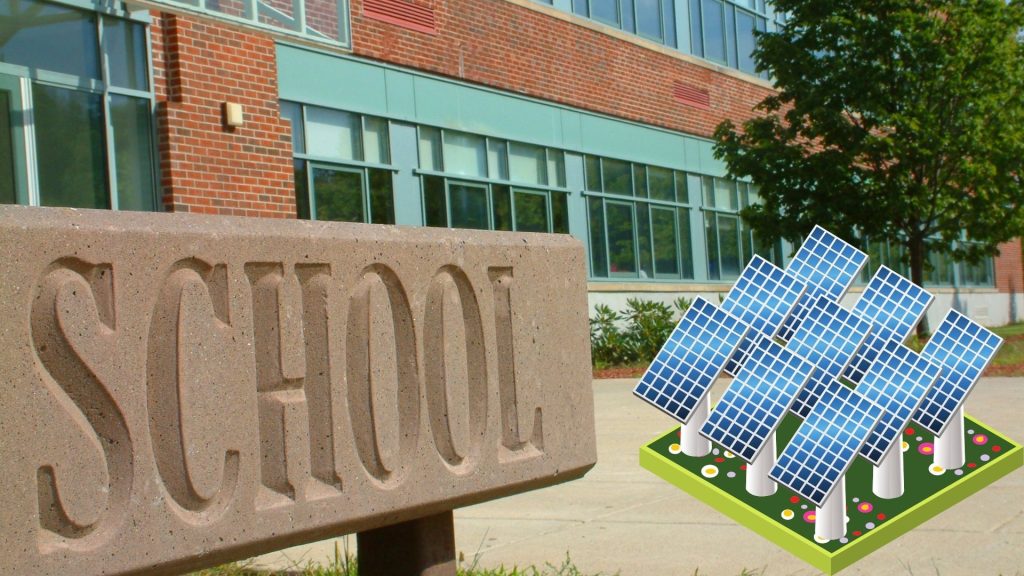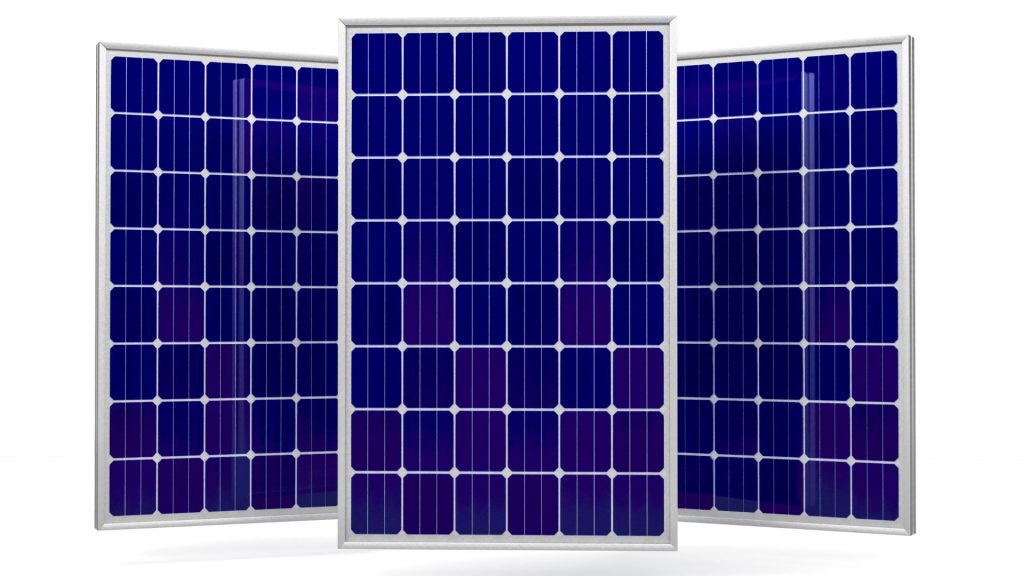As the demand for renewable energy continues to rise, more educational institutions are turning to solar power as a sustainable solution. Solar panels, or photovoltaic (PV) systems, have become a popular choice for schools seeking to reduce their carbon footprint and lower energy costs.
But one of the most common questions administrators and school boards face when considering solar energy is: How many solar panels are needed to power a school? This question is crucial for effective planning and budgeting, ensuring that the school can meet its energy needs while maximizing the benefits of solar power.

Why is it Important to Know the Number of Solar Panels Needed?
Understanding the number of solar panels required for a school is essential for several reasons.
- Firstly, it helps in accurately estimating the cost of installation and maintenance, ensuring that the school can make a financially sound investment.
- Secondly, it allows for proper energy management, ensuring that the school can generate enough power to meet its daily needs without overburdening the grid.
- Lastly, knowing the required number of panels can help in optimizing the space available for installation, particularly in schools with limited roof or ground space.
By planning correctly, schools can avoid the pitfalls of under or overestimating their solar power needs, leading to more efficient and sustainable energy use.
Factors Influencing the Number of Solar Panels Needed for a School
When determining how many solar panels a school needs, several factors come into play. These include:
- Energy Consumption of the School: The first step in determining the number of solar panels needed is to assess the school’s energy consumption. This includes understanding the total kilowatt-hours (kWh) used per month or year. Schools with larger campuses, more students, and extensive facilities like labs, gyms, and cafeterias typically require more energy.
- Geographic Location: The amount of sunlight available in a specific location plays a significant role in determining the number of solar panels needed. Schools located in sunnier regions, like California, benefit from more solar exposure, meaning fewer panels may be required compared to schools in less sunny areas.
- Panel Efficiency: Not all solar panels are created equal. The efficiency of the solar panels selected can greatly influence the total number required. Higher efficiency panels can convert more sunlight into electricity, reducing the total number needed to meet the school’s energy requirements.
- Available Space: The amount of available space for installing solar panels also influences the number needed. Schools with large rooftops or open ground areas can accommodate more panels, while schools with limited space may need to opt for fewer but higher-efficiency panels.
- Budget: The budget available for the solar project is another crucial factor. Higher budgets may allow for the purchase of more efficient, albeit more expensive, solar panels, reducing the total number needed.

How to Calculate the Number of Solar Panels for a School
To calculate the number of solar panels a school needs, follow these steps:
- Determine the School’s Energy Consumption: Obtain the school’s energy bills for the past year to calculate the average monthly and yearly energy consumption in kWh.
- Evaluate Sunlight Availability: Calculate the average number of sunlight hours per day in your area. This information is typically available from local weather stations or solar energy websites.
- Choose the Type of Solar Panel: Based on your budget and space, choose the type of solar panel that offers the best efficiency and fits within your constraints.
- Calculate the Required Number of Panels:
- Use the formula: Total kWh required per year ÷ (Solar Panel Output per hour × Average Sunlight hours per day × 365 days).
- For instance, if a school consumes 100,000 kWh per year, and the chosen solar panels have an output of 300 watts per panel, with an average of 5 sunlight hours per day, the calculation would be:
- Number of Panels=100,000(0.3×5×365)≈183 panels\text{Number of Panels} = \frac{100,000}{(0.3 \times 5 \times 365)} \approx 183 \text{ panels}Number of Panels=(0.3×5×365)100,000≈183 panels.
- Consider Future Energy Needs: Schools may expand or introduce new facilities, increasing energy needs. It’s wise to account for future growth when planning the number of panels.
Solar Panel Calculator for Schools
Number of Panels Needed:
Case Study: Solar Panels in California Schools
California, being a leader in solar energy, provides a good case study for understanding solar panel needs for schools. For instance, Los Angeles Unified School District (LAUSD), one of the largest school districts in the state, has implemented solar energy projects across its schools. They estimate that a typical middle school requires around 250-300 solar panels, depending on the factors mentioned earlier.
The Los Angeles Unified School District, among the largest in the U.S., has equipped 68 schools with solar panels, producing 21.3 megawatts annually and cutting $27 million in energy expenses over five years.
Smaller schools or those with fewer facilities may require fewer panels, while larger high schools with extensive facilities may need upwards of 500-600 panels to meet their energy needs. The state’s abundant sunshine allows schools to maximize energy production, making solar a cost-effective solution in the long run.

Benefits of Installing Solar Panels in Schools
- Cost Savings: One of the most significant benefits of solar panels is the reduction in energy bills. Schools can save thousands of dollars annually by generating their own electricity.
- Educational Opportunities: Solar panels provide a hands-on learning opportunity for students, allowing them to learn about renewable energy, sustainability, and science.
- Environmental Impact: By switching to solar power, schools can significantly reduce their carbon footprint, contributing to a cleaner environment.
- Energy Independence: Schools can become more energy-independent, lessening their reliance on the traditional power grid and protecting themselves from rising energy costs.
Frequently Asked Questions (FAQs)
How long do solar panels last in schools?
Solar panels typically last between 25-30 years, with minimal maintenance required.
What is the average cost of installing solar panels in a school?
The cost varies depending on the size of the installation, location, and type of panels, but it generally ranges from $200,000 to $1 million.
Can solar panels supply 100% of a school’s energy needs?
Yes, with proper planning and installation, solar panels can meet 100% of a school’s energy needs, especially in regions with abundant sunlight like California.
Are there any government incentives for schools to install solar panels?
Yes, there are several federal and state incentives, including tax credits and grants, that can help offset the cost of solar panel installations.
Conclusion
Determining how many solar panels a school needs is a complex process that requires careful consideration of various factors, including energy consumption, geographic location, panel efficiency, available space, and budget. However, with the right planning and implementation, solar panels can offer substantial cost savings, educational opportunities, and environmental benefits for schools.
As more educational institutions embrace renewable energy, solar power will continue to play a crucial role in creating a sustainable future for the next generation.



